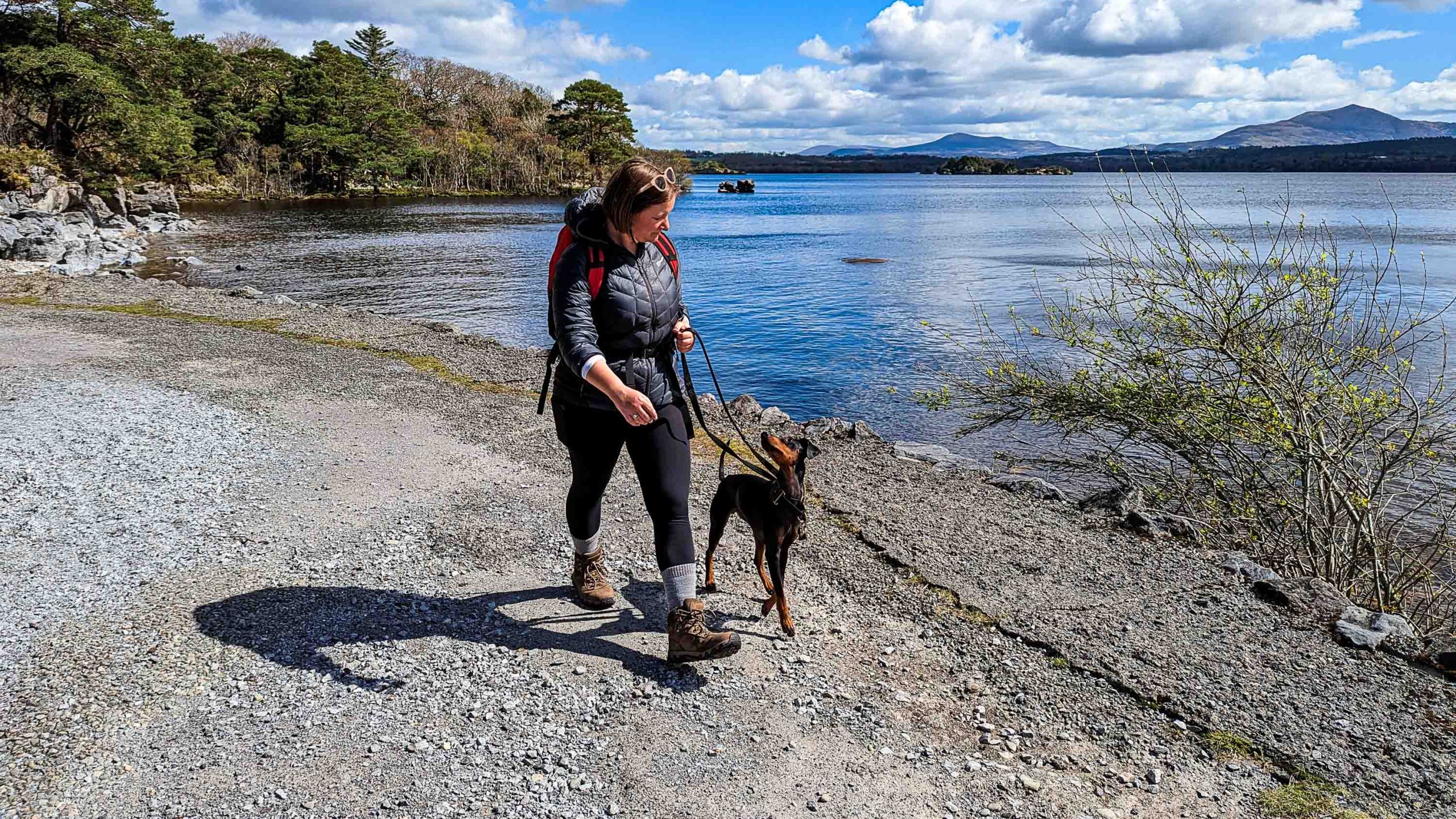Dog-friendly travel is on the rise, with more and more people taking their pets on vacation—but does that mean you always should? Lottie Gross, travel journalist, and author of Dog-Friendly Weekends and Dog Days Out, explores how you can travel more responsibly with your four-legged friends.
Yes, the lead: This simple tool that people don’t use often enough in our natural spaces. Keeping your dog on the end of that lead and sticking to the footpaths can mean they’re far less likely to disturb any wildlife.
Though Spracken goes one step further and says, when it comes to birds, sometimes it’s best to just not walk in these places at all during nesting season, which generally runs from March through July across the UK. “There are a lot of sites, such as RSPB and Wildlife Trust, that will discourage dogs entirely through signage,” he explains.
When you’re not on a signposted nature reserve though, there are other ways to spot whether there might be vulnerable wildlife: “There’s lots of other birds that nest around these ground-nesting birds, like meadow pipits and linnets, that will be spooked as you’re walking,” explains Spracken. “That’s a sign there might be other birds nesting in that area.”
Of course, it’s not just wildlife that can suffer when we travel with our dogs. There’s the impact on the community, too, and the effect on local resources. The UK’s Royal National Lifeboat Institution, for example, rescued 78 dogs in 2022 from scrapes on beaches or cliff edges, and so far this year (up to 7 August), Mountain Rescue teams in England, Wales and Scotland have helped 37 animals (including but not exclusively dogs) from the trails.
“Where dogs are concerned, it’s often when they get stuck in a gully that the MRT Teams are called, not only to help the dog but help the owner who has also become stuck,” says Alison Smith, dog handler and member of Dundonnell Mountain Rescue Team.
“Just like their owners, a dog needs to learn how to walk over differing terrain. A harness is useful when negotiating boulder fields and walking on steep ground. Experience is the key here.”
More dogs also means more dog mess. All responsible dog owners know that picking it up is the best solution, but many are tempted by the ‘stick-and-flick’ method when out in wilder places where there may be no bins for disposal. However, research shows that dog faeces and urine can have a detrimental impact on biodiversity. Dog pee and poo contains nitrogen and phosphorous, which help some plant species grow but deter others—which can mean less biodiversity in the area. Think about the footpaths in towns and villages that are often lined with nettles—this plant loves both phosphorous and nitrogen, so it grows readily wherever dogs are leaving their scent.
None of this should mean we leave our dogs at home, mind. I love traveling with mine and have spent the last five years of my career encouraging others to do so through my guidebooks which highlight dog-friendly experiences and places—there is nothing quite like bonding with your pet in new places. But it does mean we dog owners have a responsibility when we travel. It’s hard to ‘leave no trace’ when traveling with a dog—you can’t wash off every single leaf and blade of grass your dog cocks its leg on—but we can explore more mindfully.
Keeping dogs on their leads, or even on a longline to allow them a little more freedom to roam where appropriate, is probably the single most effective way of lessening their impact. Picking up their mess no matter where it is comes in close second, and generally having respect for other people and the places we visit will go a long way to ensuring our adventurous canine companions don’t become a burden wherever they go.

